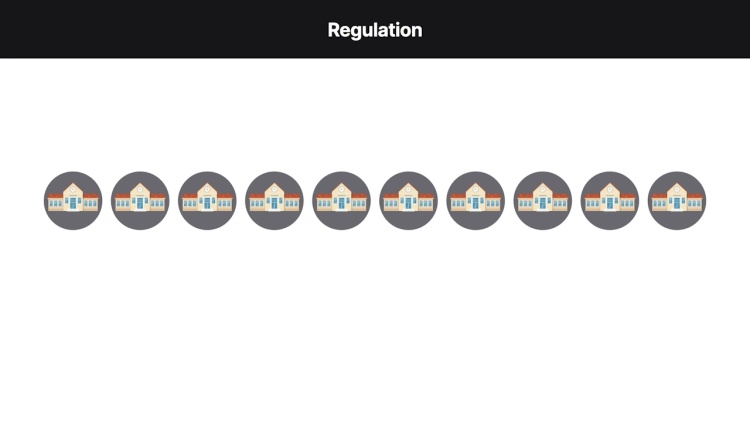Zuni Public School District No. 89 v. Department of Education
United States Supreme Court
550 U.S. 81, 127 S.Ct. 1534, 167 L.Ed.2d 449 (2007)

- Written by Eric Cervone, LLM
Facts
Two of New Mexico’s school districts (Zuni) (plaintiffs) challenged a determination by the Department of Education (DOE) (defendant) that the state had equalized spending across its school districts. The DOE’s decision was based on the Impact Aid Act (Act), 20 U.S.C. §§ 7701-14, which provided federal aid to school districts that bore an increased financial burden as a result of federal actions or programs. The Act permitted a state to reduce school funding to compensate for federal funds if the DOE certified that the state had equalized the amount of funds that school districts expended per student. The Act provided in § 7709(b)(2)(B) that before calculating whether a state’s spending was equalized, the DOE was required to disregard school districts with particularly high or low per-pupil expenditures. In 2000, the DOE ranked New Mexico’s 89 school districts based on student population and excluded 23 districts. From the list of the remaining 66 districts, which contained the remaining 90 percent of students, the DOE calculated that the spending disparity between the districts with the highest and lowest per-pupil expenditures was less than 25 percent and was thus equalized. Zuni requested agency review, arguing that the DOE regulations permitting the existing calculation method were inconsistent with the Act. Zuni maintained that the Act required the DOE to exclude districts based on the number of school districts, rather than on the size of the student population. An administrative law judge (ALJ) rejected Zuni’s argument. The U.S. secretary of education reached the same conclusion. Zuni appealed to the United States Court of Appeals for the Tenth Circuit, which affirmed. The United States Supreme Court granted certiorari.
Rule of Law
Issue
Holding and Reasoning (Breyer, J.)
Concurrence (Stevens, J.)
Dissent (Scalia, J.)
Dissent (Souter, J.)
What to do next…
Here's why 899,000 law students have relied on our case briefs:
- Written by law professors and practitioners, not other law students. 47,000 briefs, keyed to 994 casebooks. Top-notch customer support.
- The right amount of information, includes the facts, issues, rule of law, holding and reasoning, and any concurrences and dissents.
- Access in your classes, works on your mobile and tablet. Massive library of related video lessons and high quality multiple-choice questions.
- Easy to use, uniform format for every case brief. Written in plain English, not in legalese. Our briefs summarize and simplify; they don’t just repeat the court’s language.





